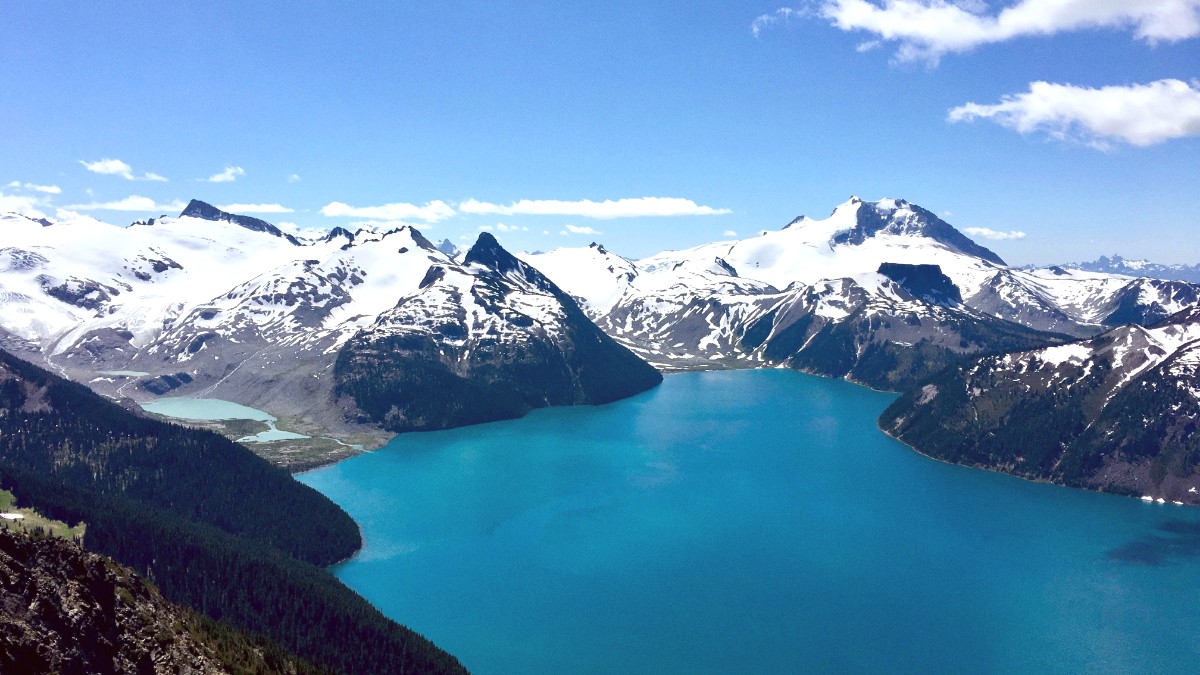
British Columbia, Canada
BC Transit operates Whistler's local public transit system. It serves the Village, Upper Village, Creekside, and surrounding neighborhoods. The buses present a practical way to move between different areas of the resort without needing a car.
Route maps are available at bus stops, transit kiosks, and online through the BC Transit website. Familiarize yourself with the routes to plan your movements.
Main routes run from early morning (around 5-6 AM) until late night (around 1-3 AM). Check schedules.
Frequencies range from 15-30 minutes during peak times. Quieter routes operate less frequently.
Most BC Transit buses are accessible, featuring ramps or lifts and priority seating.
Identifiable by roof signs, found at stands or by phone.
Metered fares (C$10-C$20 short ride). Accepts cash/credit.
Uber/Lyft have limited reliable presence in Whistler.
Always use licensed taxis for safety and fair pricing.
Consider rental options for greater flexibility in your Whistler travel.
Main mode of mountain transport, access ski runs, hiking trails.
Record-breaking, connects Whistler and Blackcomb mid-stations.
Private boat tours/rentals on Alta Lake and Green Lake (summer).
Whistler generally maintains accessibility, specifically in its newer resort infrastructure.
Parking is paid in designated day lots (Day Lots 1-5 near the village) and hotel parkades.
Factor parking costs into your budget.
Free parking can be found further away, often needing a bus ride to the village.
Check local signs for restrictions.
Overnight parking restrictions apply in many areas.
Verify with your accommodation.
Whistler’s efficient transit and pedestrian-friendly design simplify getting around. Embrace the natural beauty and village amenities with ease.
Remember to check seasonal conditions for activities and transport.